My Airbus factory tour: see Malaysia Airlines’ first A330neo being assembled in Toulouse
Links on Head for Points may support the site by paying a commission. See here for all partner links.
Last week, Airbus and Malaysia Airlines invited me to Toulouse to visit the final assembly line and see their first A330neo coming together.
Malaysia Airlines has 20 A330neos on order, with the first scheduled to arrive some time in the third quarter of this year. Part of the excitement is that the airline will be introducing brand-new business class and economy cabins. Business will be based on the popular Collins Elevation seat also used by British Airways for its Club Suite.
If you’re not familiar with the A330, you should be. In fact, you’ve probably flown on one: it is the most widely operated widebody aircraft globally with deliveries to 150 airlines. By the end of April, 1,599 had been delivered, with an A330 taking off or landing every 20 seconds.
Cutting edge …. in 1992
The A330 was based on a winning formula when it was launched in 1987. It is has the exact same fuselage cross-section as Airbus’ first-ever aircraft, the A300, at 222 inches (5.64m), capable of accommodating eight rows of economy in a 2-4-2 configuration.
At launch, it was designed to master the high-capacity, medium range market with a range of around 4,000 nautical miles. This is enough to get you from London to the east coast of the United States.
Malaysia Airlines became one of the first airlines to operate the aircraft in 1995, just a year after the first deliveries were made, and it became a backbone of the airline’s fleet. Like other Asian airlines, the aircraft was used on short, very high capacity flights – the kind you’d normally expect to see single aisle aircraft on in Europe and the US.
Part of what makes the A330 so successful is its versatility: it can be used in high-density, short haul configurations by ultra low cost carriers or as flagship long haul aircraft by full-service airlines.
The A330 was modified and upgraded many times over the years, almost doubling its range to 7,300 nautical miles. After over 20 years in service, Airbus realised more significant changes were required to stay competitive with the Boeing 787. Built from carbon fibre, and with the latest engine technology, Boeing’s next-generation aircraft was significantly more efficient, reducing operating costs for airlines.
In response, Airbus launched the A330neo in 2014 (‘neo’ stands for New Engine Option). The successful re-engine program on the smaller A320 family to create the A320neo meant it felt confident it could reinvent the wheel without, well, reinventing the wheels.
The A330neo retained the majority of the existing elements but would achieve a 25% improvement in efficiency with new engines and new, longer wings. This kept development costs low (resulting in lower prices for airlines) whilst delivering a step-change in fuel consumption. Best of all, pilots and crew would need only minimal retraining to operate the new version.
The aircraft is perfect for replacing Malaysia Airlines’ existing fleet of older A330s. In 2022 it announced an order for 20 A330neos with Airbus, with three to arrive by the end of 2024. Eventually, these will fully replace the current A330s and contribute to the planned widebody fleet of 50 aircraft by 2033.
How to build an A330neo
Although it is born in Toulouse, an A330 is conceived all over Europe. Its slender wings are made in Wales; fuselage sections in Hamburg and the horizontal stabiliser in Spain.
All these parts are united in Toulouse with the help of its super-size Beluga XL transporter aircraft, (itself based on the A330 but with a bulbous forehead) which can accommodate a couple wings or several fuselage sections. In total, four to five Beluga flights are required to transport all of the parts for a single A330.
Toulouse is home to the airplane’s only final assembly line (FAL) with the capacity to produce up to 11 of these per month. Production is currently sitting at four per month as Airbus transitions from the older A330 to the A330neo.
In order to visit, we had to don steel-capped shoes, hi-vis jackets and reinforced caps. It doesn’t look flattering on anyone:
Structural assembly occurs in eight stages. The first is to mate the wings to the centre fuselage section, which happens in Station 40 of this vast hangar. Once this is complete, the remaining fuselage sections are attached at Station 35 with the help of two half-moon robots. These clamp the two sections together and insert rivets, which are then crimped by an Airbus operative on the inside who simultaneously verifies that the robot has done its job. At the same time, engine pylons, landing gear and the tailfin are installed.
Once the aircraft leaves Station 35 it already looks like an airplane: all the major structural elements have been joined and the airplane can now be towed out on its own wheels, rather than lifted by massive cranes inside the hangar.
At this point, the aircraft is still coated in a protective green paint – only the tailfin is fully painted, in this case Malaysia Airlines’ iconic wau kite logo:
Next up is Station 30. Inside the aircraft, 250km of wiring and 3km of hydraulic pipes are connected to each other and the first electrical and hydraulic tests can commence. Meanwhile, about 70% of the cabin interior is fitted including overhead lockers and other cabin elements. Cabin customisation, including with seating, comes later.
The sleek blended winglets, with cutting-edge aerodynamics pinched from the larger A350, are also attached to the 32m long wings for improved efficiency when in flight. Here is one of them side-on, also sporting the wau:
At this point, the aircraft is still missing its 112-inch Rolls-Royce engines, but the almost-complete plane is taken outside for pressurisation testing and painting. It then returns to the hangar for installation of the final cabin fittings (including audio and video equipment) as well as the engines and auxiliary power unit.
At this point, after several weeks on the final assembly line, it enters the customer line where it is subject to 1,200 hours of testing to check all systems are working as designed. This includes several test flights in the skies above southern France.
Building these machines is no mean feat. In total, it takes 18,000 hours of work to assemble all 3.5 million parts of an A330neo, one of the most complex mass-produced products in history.
Plans for Malaysia Airline’s A330neo
Malaysia Airlines ordered the larger of the two variants available – the A330-900 – the first of which it will receive in the third quarter of 2024. Initially the aircraft will be flown from Kuala Lumpur to Melbourne, with further routes yet to be announced.
In Malaysia Airlines’ configuration the aircraft will accommodate 297 passengers – 28 in a 1-2-1 business class cabin and 268 in 2-4-2 economy. Malaysia Airlines is one of the last holdouts for a premium economy cabin, but it does offer 24 extra legroom seats in economy.
To learn more about their future plans, you can read my interview with Malaysia Airlines Group CEO Datuk Captain Izham Ismail here.
Thank you to Airbus and Malaysia Airlines for hosting me.



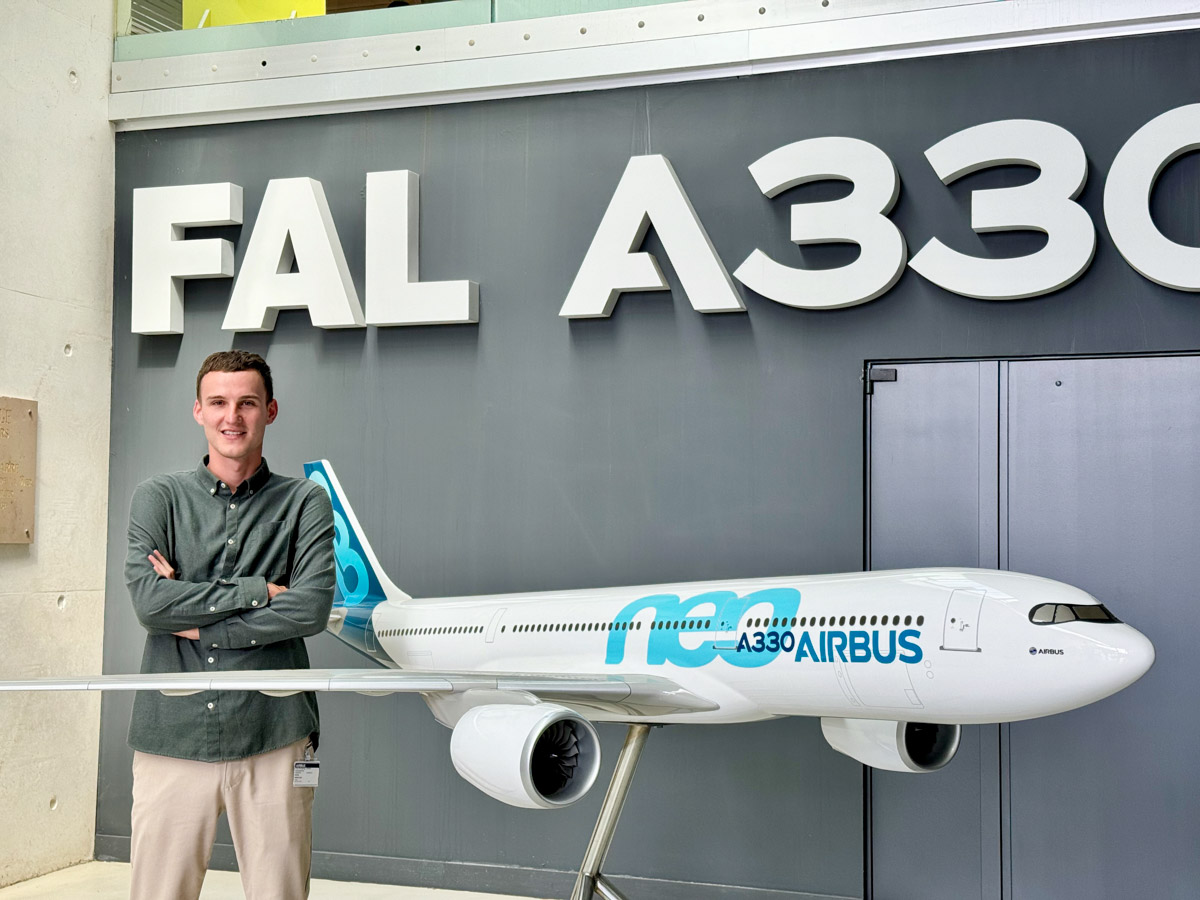
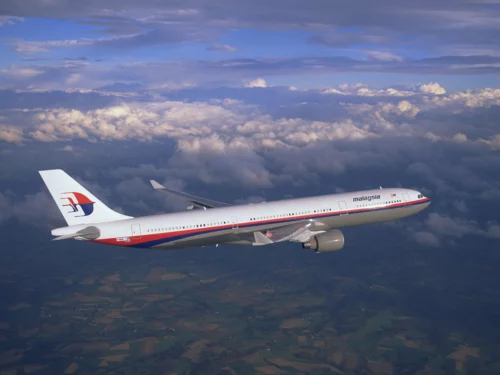
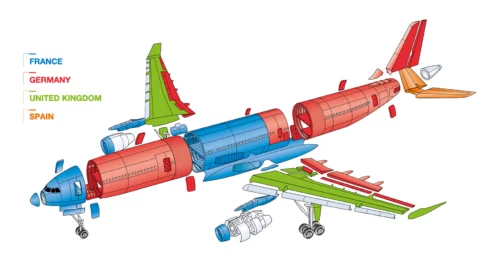
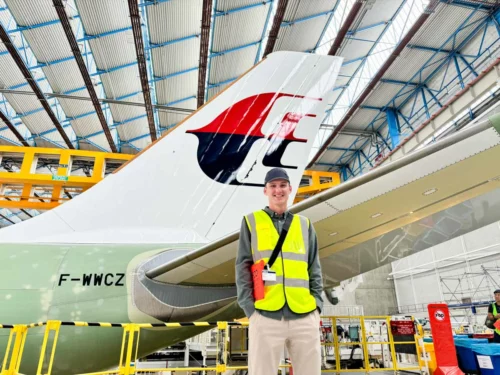
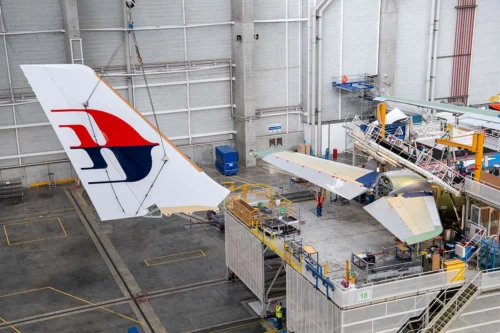
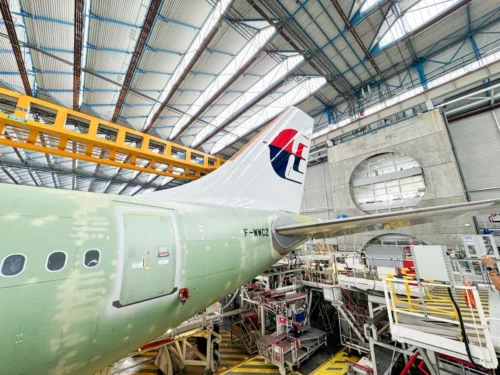
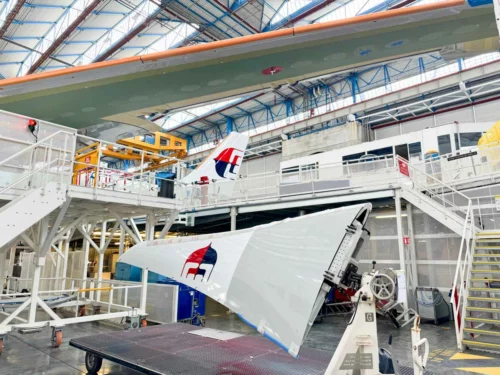
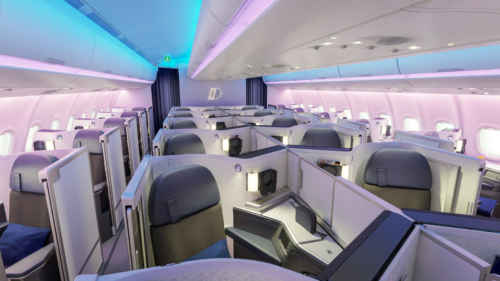
 Rhys
Rhys 





Comments (61)